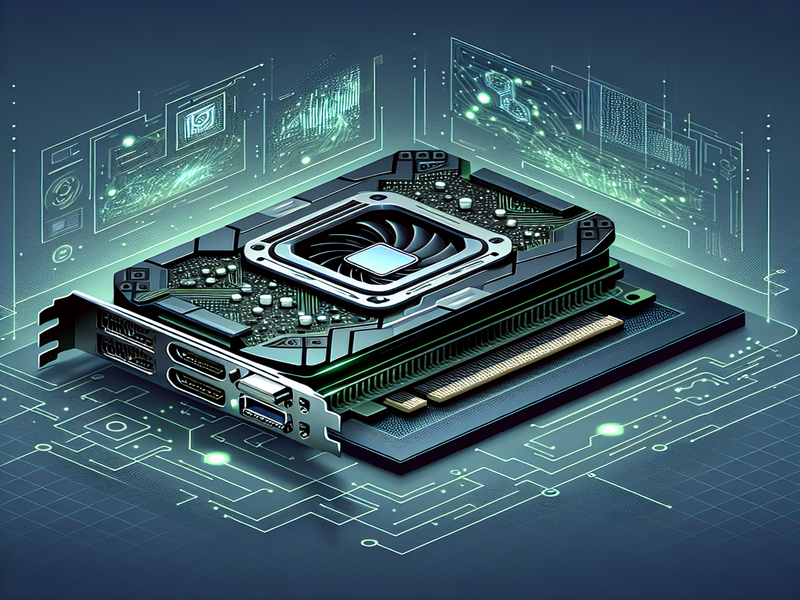- Updated: April 3, 2025
- 3 min read
The Role of NVIDIA GPUs in AI: Performance Predictions and Future Insights
Introduction to AI and NVIDIA GPUs
Artificial Intelligence (AI) has become the cornerstone of modern technological advancements, and NVIDIA GPUs have been pivotal in driving these innovations. With their advanced microarchitecture and unparalleled processing capabilities, NVIDIA GPUs are at the forefront of AI research and development. This article delves into the intricate relationship between AI and NVIDIA GPUs, exploring performance predictions and the impact of reverse-engineered simulators on the technology landscape.
The Role of NVIDIA GPUs in AI
NVIDIA GPUs are renowned for their powerful computing abilities, making them indispensable in AI applications. These GPUs are designed to handle complex calculations and large datasets, which are essential for AI algorithms to function effectively. The microarchitecture of NVIDIA GPUs is particularly suited for AI tasks, offering a balance of speed and efficiency that is crucial for real-time data processing.

Performance Predictions and Technological Insights
As AI continues to evolve, the demand for more powerful GPUs grows. NVIDIA’s latest microarchitecture promises significant improvements in performance, enabling faster and more efficient AI computations. This advancement is expected to enhance the capabilities of AI systems, allowing for more sophisticated and accurate predictions.
Moreover, the introduction of reverse-engineered simulators offers a new dimension to performance prediction. These simulators provide detailed insights into the GPU’s functionality, helping researchers and developers optimize their AI models for better performance.
SEO Strategies for AI and NVIDIA GPU Content
For tech enthusiasts and AI researchers, staying updated on the latest trends is crucial. To ensure this article reaches its target audience, several SEO strategies have been implemented. The primary keyword, “AI,” is strategically placed in the title, URL, and the first paragraph. Secondary keywords such as “NVIDIA GPUs,” “microarchitecture,” and “performance prediction” are integrated into subheadings and body text.
Internal links to related content on the UBOS homepage are included to provide readers with additional resources. For instance, exploring the OpenAI ChatGPT integration offers insights into how AI models are being enhanced by NVIDIA’s technology.
Embedding the Image for Visual Appeal
Visual content significantly enhances the reader’s experience, making the information more engaging and easier to digest. The embedded image of NVIDIA GPU microarchitecture serves this purpose, providing a visual representation of the technology being discussed.
Conclusion: The Future of AI with NVIDIA GPUs
The collaboration between AI and NVIDIA GPUs is set to revolutionize the technology landscape. With continuous advancements in GPU microarchitecture and the development of reverse-engineered simulators, the future of AI looks promising. These innovations are expected to drive AI research forward, leading to more efficient and powerful AI systems.
For those interested in exploring the potential of AI further, the UBOS platform overview provides a comprehensive look at how AI technologies are being integrated into various applications. Additionally, the generative AI agents for businesses highlight the practical applications of AI in today’s market.
Engagement and Further Reading
We encourage readers to engage with this content by sharing their thoughts and insights. For more in-depth analysis and unique perspectives on AI and NVIDIA GPUs, consider exploring the revolutionizing AI projects with UBOS. This resource offers a detailed look at how AI projects are being transformed with cutting-edge technologies.
For tech enthusiasts eager to delve deeper into AI’s impact across industries, the AI in stock market trading article provides insights into how AI is reshaping financial markets.
